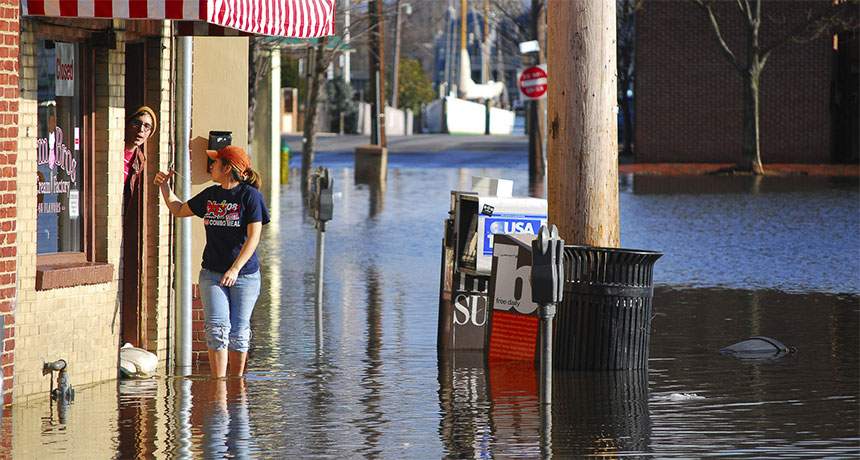
WATERLOGGED As sea level rise pushes tidal flood waters into historic Annapolis, the number of visitors to Maryland’s capital drops — and so does local business revenue, researchers report.
Matt Rath/Chesapeake Bay Program

WATERLOGGED As sea level rise pushes tidal flood waters into historic Annapolis, the number of visitors to Maryland’s capital drops — and so does local business revenue, researchers report.
Matt Rath/Chesapeake Bay Program